Editor’s Note: This article was originally published in 2011. It has been reformatted but not updated.
Diving, whale-watching, trekking, biking, great scenery, stunning mountain driving and beautiful white-sand beaches. East Timor is one of the world’s unsung tourism destinations.
Tourist numbers are low compared with other places in the region, with visitors perhaps put off by the country’s politically unsettled and impoverished image; which contributes to a dearth of flights into Dili, the capital; which in turn drives prices up and inhibits visitor numbers; which in turn keeps flight prices high; which in turn … you get the idea.
But slowly, visitors are recognizing the appeal of East Timor.
So, if you want to try something new yet still enjoy the conventional sun, sea and sand with an adventurous twist, Asia’s “newest nation” – it gained independence in May 2002 – is worth a look.
1. Spectacular diving
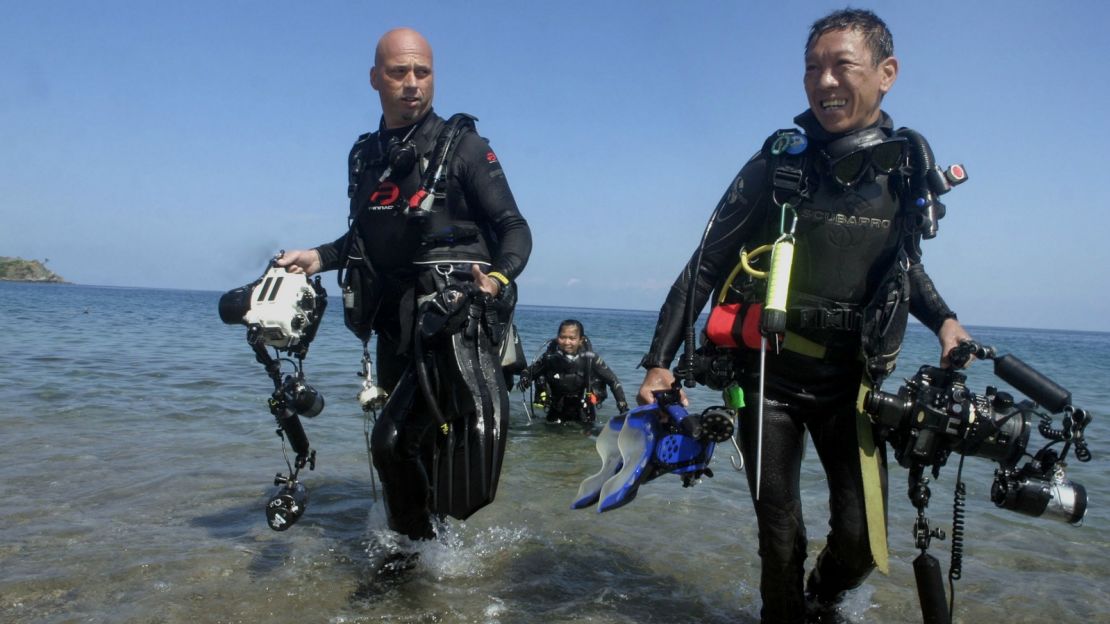
“Oh, Timor dumps all over Thailand for diving,” says Greg Duncan, dive instructor and boat skipper at Dive Timor Lorosae. He should know, after previously working for two years on Ko Tao, a diving hub in southern Thailand.
“A lot of places in the region – off Australia, Malaysia – are over-dived,” he says. “Not here.”
On a sunny Sunday morning I join Greg and a group of seven divers on a boat trip to a new site not far from Dili. “These guys are almost certainly the first people ever to dive down there,” claims Duncan.
During a 40-minute dive the group sees small sharks, tuna, turtles, mackerel and barracuda – all along a submerged ridge running off the coast near Tibar.
Another good dive spot is Atauro Island, 20 kilometers by boat from Dili harbor. En route you might see schools of dolphins fishing in the water or racing alongside the water-taxi, while in October and November humpbacks and sometimes sperm whales surface off the coast.
There are more places to dive, however, both east and west of Dili, with untouched coral reefs to explore.
2. Beaches you can call your own

The jewel in the country’s crown is Jaco Island, the easternmost point in East Timor, a six-hour drive from Dili through green hills and winding, elevated coastal roads overlooking steep drops to the blue water below.
There are plenty of white-sand beaches close to the capital too, notably Areia Branca (Portuguese for “white sands”) and Dollar Beach. These beaches can get crowded at weekends, but there are many other pristine beaches east and west of Dili that are usually empty.
You need to bring supplies if visiting a quieter beach, but if you are not feeling so Alexander Selkirk, Areia Branca has plenty of bars and restaurants near the water, so you can dine on fresh fish washed down with a beer or fresh coconut, after a swim or a cycle.
The south coast is risky, however, with an abundance of large saltwater crocodiles meaning that the good surf there should be avoided.
3. Unspoilt scenery
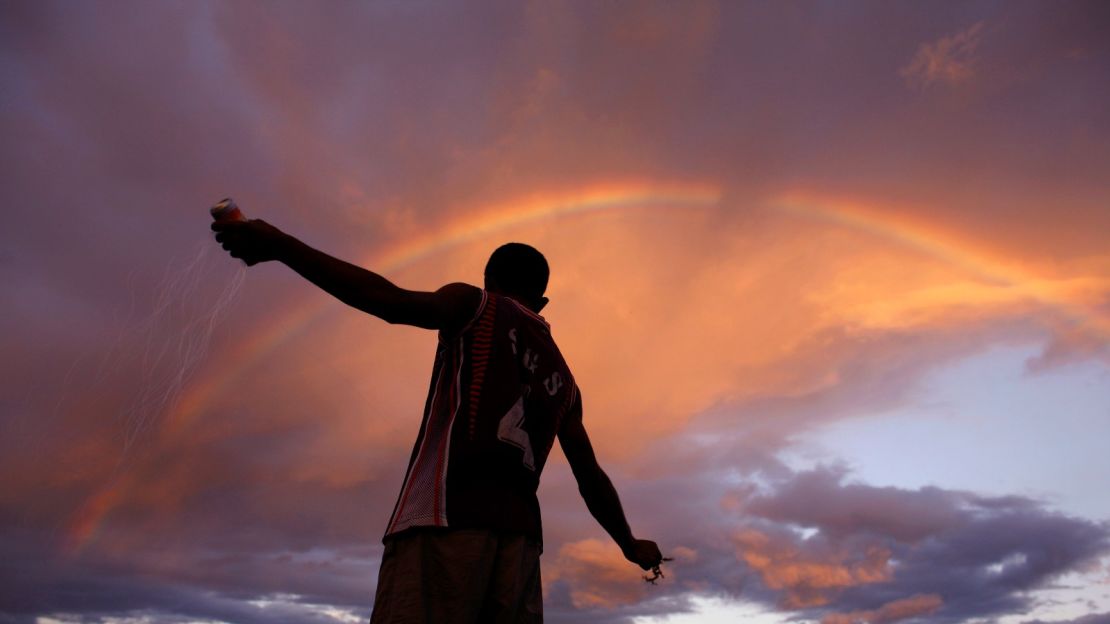
Much of the country is mountainous, offering gorgeous scenery but requiring careful driving up winding roads. Mount Ramelau is East Timor’s highest point at 2,963 meters, and is a fairly easy three-hour hike to the top after a similar drive-time from Dili.
Take your time, though, and relax at the pousada in Maubisse. The coast drive from Dili to second city Baucau is well worth the trip for the scenery alone. Do that, spend a night in Baucau, close to more great beaches, then carry on eastwards to Com and Jaco Island.
The roads can be dangerous, with crater-like potholes and fallen bridges, and many are impassable during the rainy season running from November-May.
4. Breathtaking biking
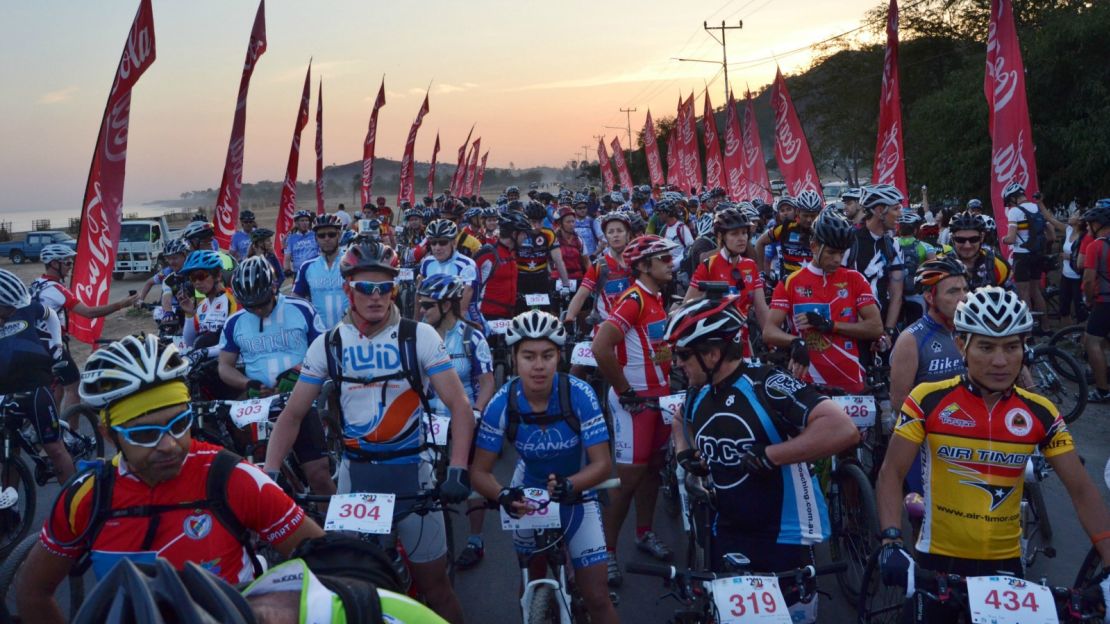
If the driving is too hair-raising, or expensive – car rentals are not cheap, starting at around $70 per day, partly due to the sketchy state of the roads and often erratic local driving – then it’s time to get on your bike.
Literally, not metaphorically.
You’ll need to be fit, as there are the steep climbs and steeper temperatures (around 30 C most of the year, though it is cooler at night in the mountains).
The upside is that you will have more opportunity to take in the views than you would if driving, when vigilance is needed.
The Timorese roads are sometimes a challenge for even the most robust four-wheel drive, so no surprise, then, that the Tour de Timor has already acquired the reputation for being one of the world’s most arduous bike races.
5. Calm life and silent nights
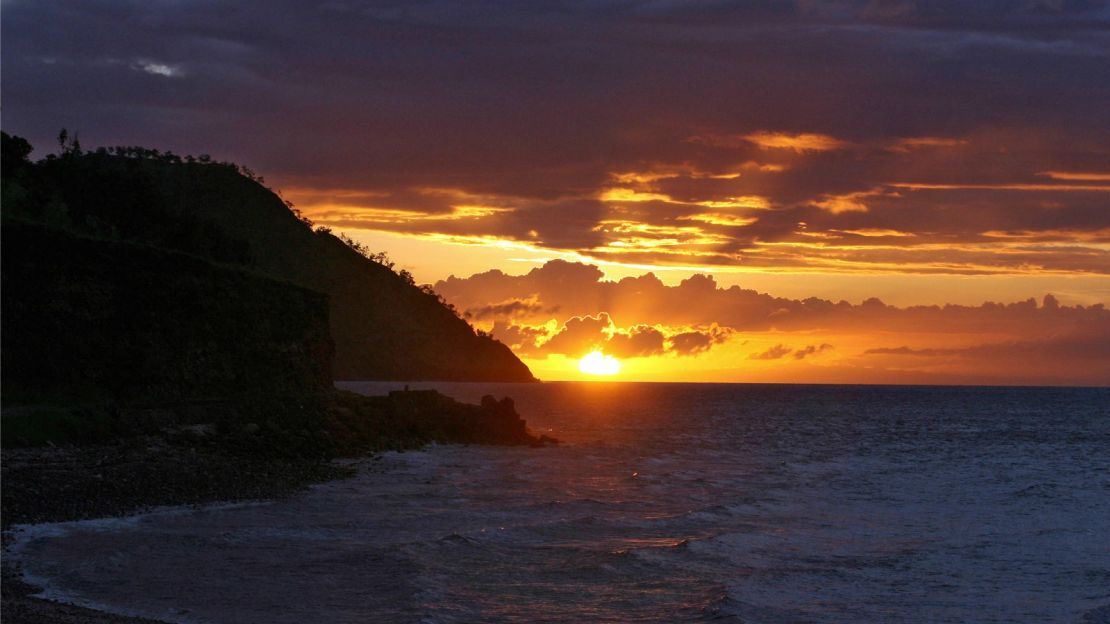
East Timor does show that there is such a thing as too laid-back. Taxis often potter along at 20 kph despite empty roads, putting the mission-(beach) bound among us at risk of an embolism.
But this does also mean that East Timor is less crowded, less hectic and less built-up than the rest of southeast Asia, partly down to the country’s troubled past and slow pace of economic development a decade after independence.
Hopefully the country can prosper in future, on the back of over $7 billion in oil and gas revenues earned in recent years, giving the country 10% economic growth figures, bucking the stagnant trends in Western countries.
A tip: travel outside Dili and homestay with a Timorese family a few days in the countryside, for a night of perfect silence.
6. Fresh, $1 coffees
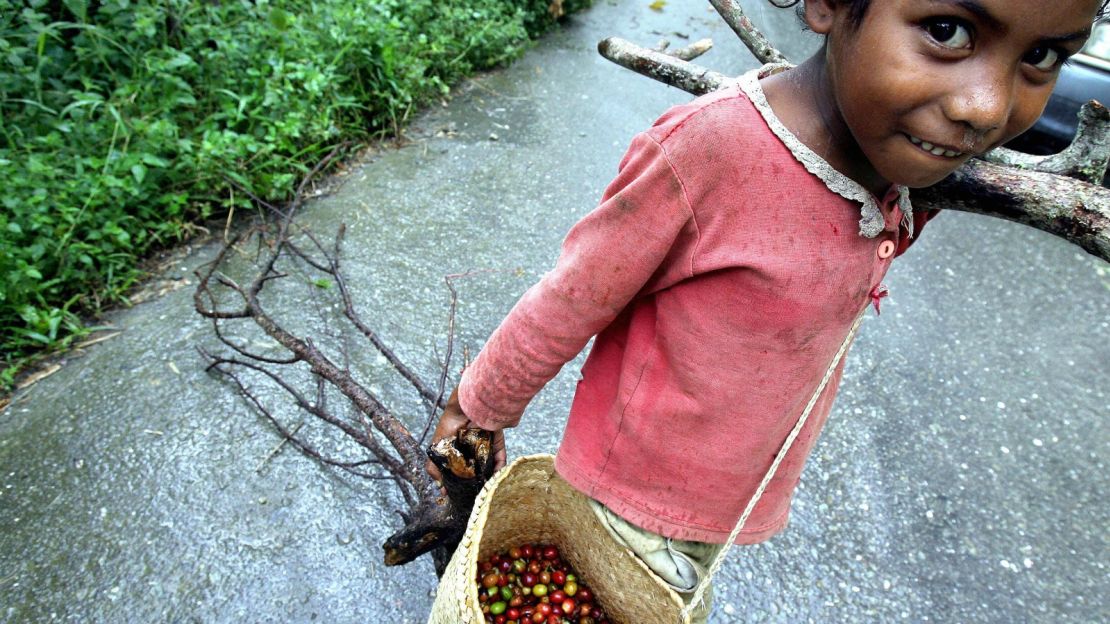
With an indigenous cash crop of coffee growing naturally on the mountainsides and in the shade of the tall trees on the hills, Timor-Leste is slowly carving a niche in the global coffee market.
Little roasting is done locally and “problems with consistency remain,” says Brendan Morias, manager of the new RnR cafe in downtown Dili, close to the United Nations’ mission headquarters.
For travelers, the price of coffee can initially be a shock. Most of the people live on less than $1 dollar a day but more than a decade of heavy international presence – there have been four United Nations missions in Timor-Leste since 1999 – means that food and drink prices are grossly inflated.
Prices are hiked by the same access difficulties that slow up tourist arrivals, so imports are expensive.
But great coffee can be found cheaper than elsewhere even in Southeast Asia. Just head for the main coffee-growing area of Ermera, about an hour outside Dili, again amid some spectacular scenery, and handily en route to Maubisse and Mount Ramelau.
Simon Roughneen has reported from Pakistan, Haiti, Kosovo, the Middle East and from various countries in Africa.
